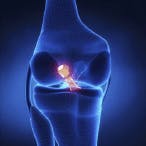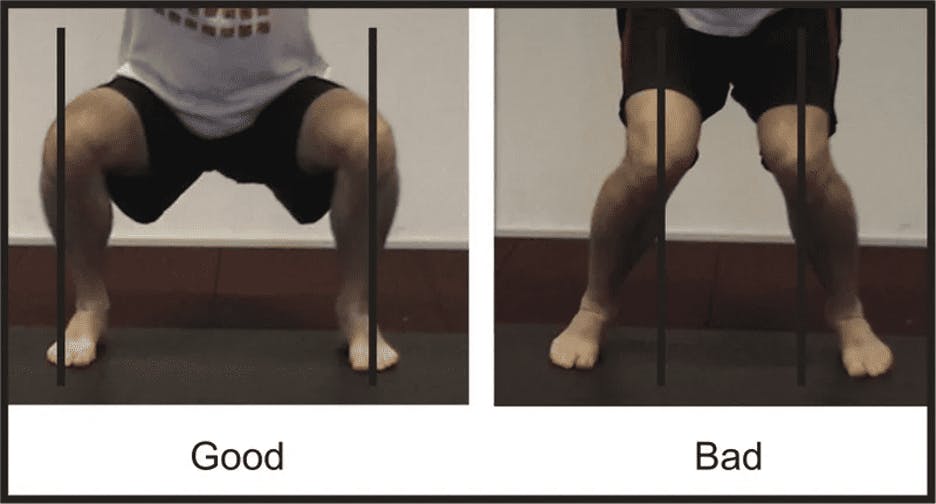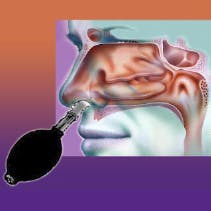
Summer is in full swing and with wonderful weather comes increased activity for people of all ages. Unfortunately, more activity can lead to increased injuries, the most dreaded being an ACL tear.
The ACL is one of four ligaments in the knee that attaches the thigh bone (femur) to the shin bone (tibia). The ACL is vital for allowing direction changes, deceleration, pivoting, hopping and jumping. A tear of the ACL can lead to major surgery and a recovery time of 9-12 months. Some risk factors that can lead to an ACL tear are beyond the athlete’s control, such as playing surface, body anatomy, and hormone changes. Fortunately, biomechanical risk factors CAN be controlled with proper mobility, strength, balance, and dynamic control exercises. As 70% of ACL tears occur from noncontact injuries, athletes have the ability to prevent ACL tears by participating in proper training of the entire lower kinetic chain which must include the hip, knee and ankle joints.
One important concept to understand in regard to injury prevention is the hip/knee/foot alignment. When the knee collapses inwards, in what is called a knee valgus position, the forces applied to the knee can cause an ACL tear. While training, it is vital for the athlete to be aware and control the hip/knee/foot alignment during all tasks. Ideally, hips should be level (do not allow one hip to drop below the other), the middle of the kneecap (patella) shoulder be aligned with 3rd or 4th toe, and feet should be pointed forward, not outwards.

Exercises for ACL Injury Prevention
Exercises performed incorrectly can do more harm than good. If the athlete is unsure if exercises are performed correctly, an evaluation by a 1st Choice Physical Therapist is essential.
Following is a list of suggested exercises to perform to prevent an ACL injury after a 5-10 minute warm up:
- Mobility: stretch gastrocs, soleus, hamstrings, quads, hip flexors, glutes, hip internal rotators
- Strength: 2 leg to 1 leg bridge, side plank, 2 leg to 1 leg heel raises with knee straight and bent, 2 leg to 1 leg deadlift, squats, lunges, step downs
- Balance: single leg stance with arm reaches/leg reaches/hip rotation/eyes closed/compliant surface, single leg squat with arm/leg reaches
- Plyometrics: double leg hops forward/back/lateral/rotational with progression to one leg, bounding, speed skaters, compass hops, landing from elevate surface
- Agility: box drill clockwise and counterclockwise, T drill, shuttle run, backward pedal, lateral diagonal runs
The above list is a sample of important tasks for an athlete to work on for ACL injury prevention, but must be performed with correct form and progression. If unfamiliar with the above activities or if you or a friend/family member would benefit from an individualized ACL prevention program, please contact 1st Choice Physical Therapy for an evaluation.

